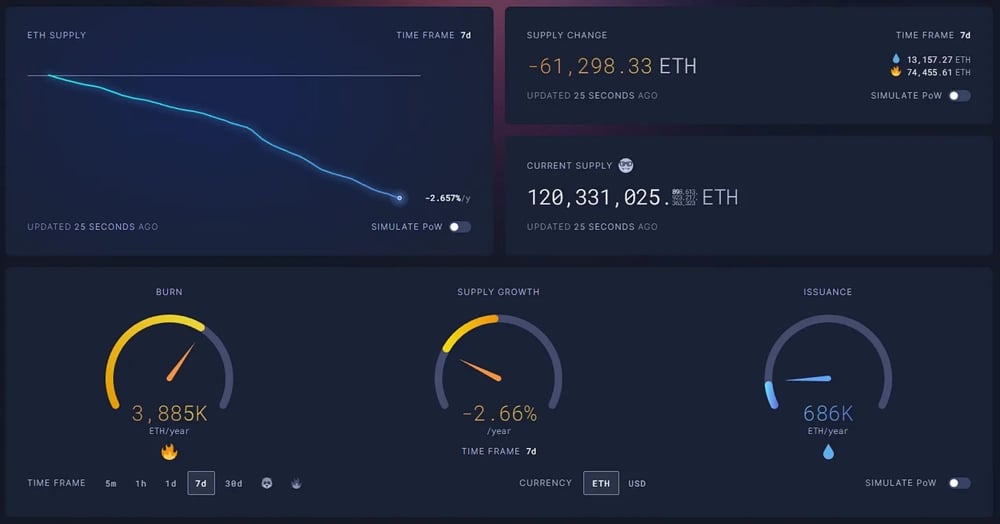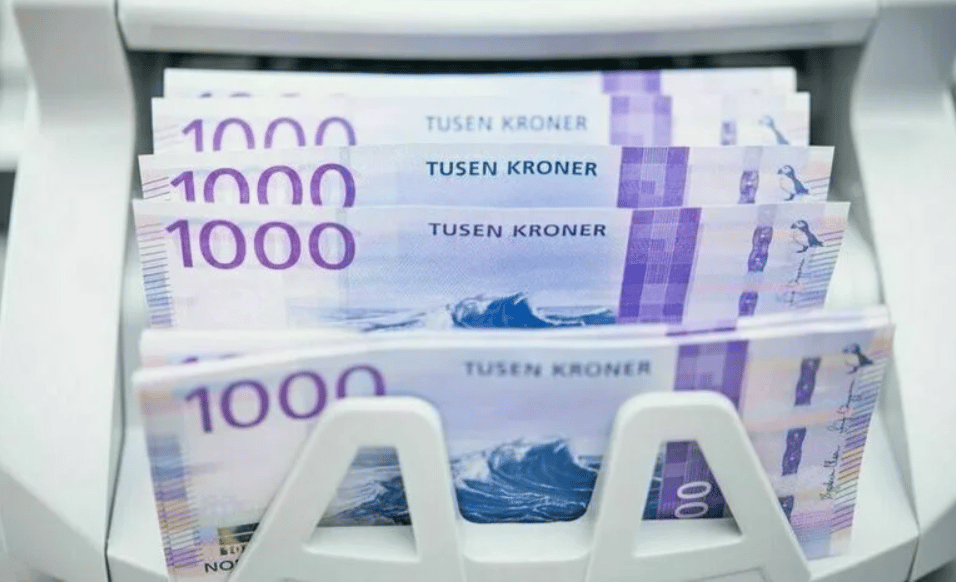How to choose the right PAMM account
How do I choose a reliable PAMM account?
At the first meeting with PAMM accounts, every investor has a lot of questions related to their choice. How do I choose a PAMM account? Are there reliable PAMM accounts? How to invest in PAMM correctly?
In this article, we will look at several rules that answer the question of how to choose the right PAMM account and help you find truly reliable PAMM accounts.
We have formulated some tips that will help you avoid making blunders at the very beginning and avoid being disappointed in PAMM accounts even before you make a profit.
See the history of the PAMM account
To assess the profitability and risks of a PAMM account, first of all, it is necessary to analyze the statistical indicators of its trading history. Most of the data needed for analysis can be obtained from the yield chart, deposit loading, and statistical indicators. This data is published by the broker, where the manager maintains his PAMM.
The average monthly, quarterly, semi-annual, and annual returns will help you assess profitability, and the longer the averaging periods, the more reliable the estimate.
It is important to evaluate profitability taking into account the remuneration paid to the manager. If, for example, the manager takes 30% of the profit from trading, then your score will decrease by almost half. In our rating, profitability is calculated taking into account the payment of the manager's commission.
The indicators of maximum drawdown, aggressiveness of trading and maximum daily loss allow you to assess the risks. They can be used to calculate the amount of loss that can be received on a PAMM account.
The maximum drawdown shows what kind of loss has already taken place in history. The same drawdown, and even more, may happen again in the future. Lay it down as a possible loss.
The standard deviation indicates the risk of deviating from the average return. If, for example, the standard deviation is 10%, then a drawdown of 10% at the end of the month and 35% at the end of the year are considered normal.
Aggressiveness and maximum daily loss make it possible to estimate possible losses in a series of unsuccessful trades by a trader. For example, a 2% worst day means that a drawdown of 35% can be achieved during a month of daily unsuccessful trading with an average loss. This is a fairly reliable PAMM account. A maximum daily loss of 15% means that the same drawdown of 35% will be exceeded in the case of the 3 worst consecutive days. This is quite a possible event, which clearly shows the level of possible risks.
In short, what to look at
Age of the PAMM account: reliability of indicators, at least 3 months, better than 6 months.
Average month: expected return.
Maximum drawdown: possible loss.
Standard deviation: the risk of deviating from expectations.
Keep in mind that risks tend to grow over time, when choosing a PAMM account, add a 5-10% growth margin to the resulting estimate, and the younger the account, the more risks can grow.
Please also note that for PAMM accounts, the reliability of statistical indicators directly depends on the amount of data being analyzed. If the account is 3 months old, and only 20 of them have been traded, then this statistic cannot be trusted. There is too little data to draw conclusions, and future indicators are likely to differ from those available. PAMM account indicators are more reliable if they are based on more than 300 observations (non-zero trading days). Age also reflects the PAMM manager's ability to adapt to changing market conditions.
Analyze the trading system
Choosing PAMM accounts based on their history alone is not enough and even dangerous. The future most often does not repeat the past schedule. If the PAMM had a successful first year, the second year is likely to be worse. Therefore, before choosing a PAMM account, be sure to study its trading system.
A PAMM account may have an almost straight growing chart in its history with small drawdowns or no drawdowns at all. At the same time, the risks may be so high that the account will merge in one day. It will cost you the entire amount invested.
How do I learn the trading system?
The trading parameters can be seen on the leverage chart (deposit loading) and on the intraday fluctuations of the yield chart. In addition, the manager can describe these parameters in the investment declaration of his PAMM account.
Loss limitation
Does the manager limit the loss that can be received in one transaction, or does he wait out the loss until the last one? The absence of restrictions (stop losses) always leads to a drain and loss of the invested amount.
You can determine the presence of stop losses by the worst day (maximum daily loss) in the history of a PAMM account. If the worst day is more than 30%, most likely there are no stop losses, put the risk at 100%.
The worst day also helps to assess the possible drawdown on the account. Multiply this value by 3 — a loss at this level can be considered normal for a trading system.
The presence of stop losses and the value of the maximum risk per trade can also be indicated by the manager in his declaration. By raising the risk of a trade to the degree of 5 unsuccessful trades, it is possible to estimate the size of a possible drawdown under unfavorable market conditions. For example, if the risk per trade is limited to 10%, then 5 consecutive losing trades will give a drawdown of about 40% (0,9^5 - 1).
Martingale
Hidden risks also include dangerous trading methods. The most common are martingale and other methods of averaging. In systems using these methods, the transaction volume increases with a loss in the hope of recouping when the price moves in the right direction. Such a system significantly increases the risks — if the price does not move in the right direction for a long time, the risk of losing all capital is high.
The manager can explicitly declare the use of these methods and warn investors about increased risks. Their use can also be detected by the sharply increasing deposit load at losses.
Consider the ratio of profitability and risk
Any risk must be justified. In the case of investments, it must be justified by the expected return. It doesn't matter what risk you take, the expected return on the investment period should exceed the risks by 2-3 times. If a drawdown of 50% is possible on the account, then its profitability potential should not be less than 100-150%. If you risk losing your entire deposit, then the excuse is the chance to multiply it 2-3 times.
This proportion is also true in the opposite direction — if you allow a drawdown of only 10% and expect a return of 100%, then most likely you underestimated the risks.
The Average Return/Max ratio is usually used to assess the ratio of profitability and risks. drawdown (Kalmar coefficient) or Total Return / Max. drawdown (recovery factor).
Plan the exit conditions
Before choosing a PAMM account and investing, you need to determine the exit conditions, i.e. identify the events that will cause you to withdraw your funds from the account. In this case, you don't have to worry unnecessarily. Such events usually include anything that violates the initial investment plan.
Exceeding the maximum drawdown
In fact, this is a limitation of losses on a PAMM account at the level of acceptable risk. The size of the limit is determined based on the estimate of the maximum drawdown that you have previously made. The loss limit is usually set a few percent lower than the risk assessment.
Exceeding the maximum drawdown period
Another exit condition may be exceeding the maximum drawdown period. In this case, funds are withdrawn from the account if it does not update the maximum yield for longer than ever before. This may be a sign that the trading system has lost its effectiveness in a changed market.
Modification or violation of the declaration
The reason for the exit may also be a significant change in the trading system by the manager. If you assessed the risks according to certain trading parameters, and the manager started trading using a different system, then the new system parameters may disrupt your plans, and it would be wise to close the investment.
Invest no more than you are willing to lose
Finally, don't even invest your last money in reliable PAMM accounts. No matter how attractive the profitability may seem to you, there is always a risk of losing most of the capital. Even if you have planned your investments correctly and limited your losses, the drawdown may take a long time, and a large portion of your deposit will be unavailable for a long time. Invest only your available funds in PAMM accounts - the amount by which your income exceeds your expenses, and the loss of which will not critically affect your financial condition.














Comments
Navigating PAMM accounts can be tricky, but these tips will surely boost your confidence in making the right choice!